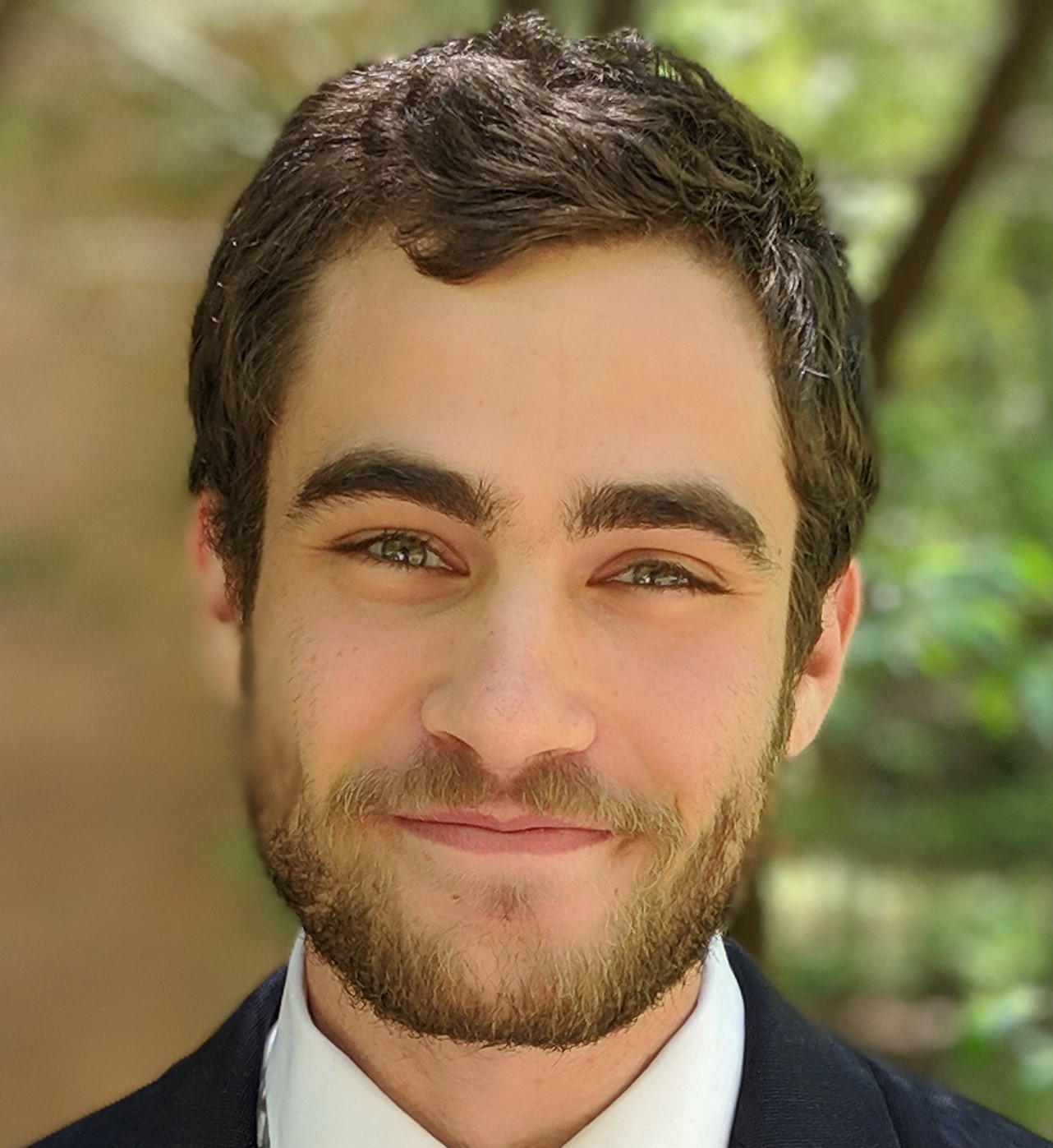
It's that time of year again. The weather is starting to get a little cooler, the leaves are changing color, and flannel shirts are now socially acceptable to wear. It is finally Fall and Halloween is right around the corner.
One of the most iconic stars of Halloween parties and the horror fiction genre is Frankenstein's Monster. Mary Shelley's novel Frankenstein: The Modern Prometheus, written in 1818, tells the tale of the mad scientist Dr. Victor Frankenstein and his quest to bring a dead body back to life. As a scientist, the story of Dr. Frankenstein and his creation always resonated with me. It is a chilling commentary on the dangers of scientific experimentation and ethics. After all, raising the dead is not a task one should take lightly. That being said, what helped bring Frankenstein's Monster to life was based upon some very real science. So in honor of Halloween and Dr. Frankenstein, let's explore some of the ways science has tried to bring the dead back to life.
Galvanism, the “Animal Electricityâ€
When Mary Shelley was writing Frankenstein in the early 19th century, the theory of Galvanism was just beginning to take off. The field of Galvanism was named after Luigi Galvani, who in 1786, demonstrated that electricity could be used to stimulate muscle movement in frog legs. Galvanism is now considered to be the precursor to modern day electrophysiology. Giovanni Aldini, the nephew of Galvani, famously demonstrated the concept of Galvanism to a public audience in 1803 when he used electrical stimulation to “reanimate†the corpse of the recently executed criminal, George Forster. The Newgate Calendar was there to report on this demonstration:
“On the first application of the process to the face, the jaws of the deceased criminal began to quiver, and the adjoining muscles were horribly contorted, and one eye was actually opened. In the subsequent part of the process the right hand was raised and clenched, and the legs and thighs were set in motion.â€

A Mentally Stimulating Subject
Aldini tricked and treated people to a display of a dead body being shocked into life, but would this also work on the brain? Well, Aldini experimented a bit here too. He couldn't shock a dead brain back to life, but he did experiment with transcranial stimulation on the living. The thinking was that electrical stimulation could alter someone's behavior, or perhaps even cure neurological disorders.
One of Aldini's most detailed accounts of these experiments came from his 1801 travels throughout Europe where he met Luigi Lanzarini, a 27 year old farmer who had been admitted to a psychiatric hospital as a patient suffering from “melancholy madness†(now known as major depression). Aldini spent weeks with Lanzarini conducting sessions of progressively more intense transcranial stimulation until, miraculously, Lanzarini was shocked back into sanity! Even though the understanding of the human brain and how it worked was very primitive at this point, Aldini had hit on something solid. Transcranial stimulation is a technique used successfully to this day to treat patients with mental disorders.

Is the science behind reanimation dead in the water?
It seems that Aldini's mad science experiments may have inspired some modern imitators. Today, the Philadelphia based company Bioquark is preparing to launch the ReAnima project, an experimental trial in South America that aims to reanimate the brains of 20 deceased individuals. Bioquark claims that through a combination of stem cell therapeutics and electrical stimulation they can generate new functioning neurons in a dead brain. The scientific community has called out Bioquark's research as totally bogus (because it is), but that being said, it's pretty fun to read about!
For better or worse, we probably aren't going to bring the dead back to life like Dr. Frankenstein anytime soon. But when Mary Shelley conceived her horror story back in the early 19th century, Galvani and Aldini were demonstrating foundational work in the fields of science and medicine. It has been 200 years since then; who knows what will be possible 200 years from now? By then, it might even be possible to reanimate the dead entirely…
About the Author
Max Barnhart is a PhD studying the evolution of heat stress resistance in sunflowers at the University of Georgia. He is also the current Co-Editor-in-Chief of the Athens Science Observer. Growing up in Buffalo, NY he is a diehard fan of the Bills and Sabres and is also an avid practitioner of martial arts, holding a 2nd degree black belt in Taekwondo. You can contact Max at maxbarnhart@uga.edu or @MaxHBarnhart.
- Max Barnharthttps://athensscienceobserver.com/author/max-barnhart/October 21, 2021
- Max Barnharthttps://athensscienceobserver.com/author/max-barnhart/November 11, 2020
- Max Barnharthttps://athensscienceobserver.com/author/max-barnhart/October 19, 2019
- Max Barnharthttps://athensscienceobserver.com/author/max-barnhart/October 15, 2019








